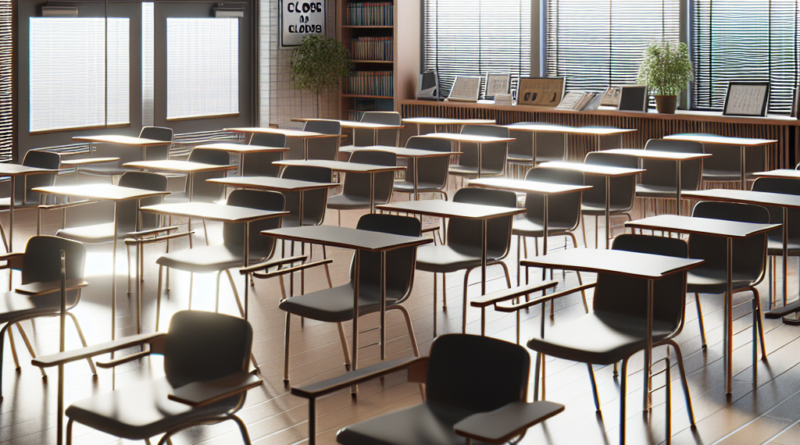High Schools: A Decade of Flight from Vocational Education
Back to School: The Starting Point for 500,000 Students
As the new academic year begins, approximately 500,000 students are set to embark on their first year of high school.
The landscape of educational options is diverse, showcasing various types of high schools, technical institutes, and vocational schools.
While there are discussions around the “crisis” of high school attendance, this narrative only partially reflects the reality.
In fact, compared to a decade ago, enrollment rates are on the rise, and the perceived exodus from classical studies is less dramatic than many believe.
Current Enrollment Trends: A Closer Look
In the 2024-2025 school year, more than 55% of new enrollments will occur in high schools, 32% in technical institutes, and about 13% in vocational schools.
Among high schools, the scientific high school remains the most popular choice, attracting around 26% of all new students, including options for applied sciences and sports-oriented tracks.
The linguistic high school follows with 8%, and the human sciences high school attracts 7%.
Conversely, the classical high school has seen a slight decline, currently drawing just above 5% of preferences.
A decade earlier, in the 2014-2015 school year, only half of new students opted for high schools, while 31% chose technical institutes and over 19% went for vocational schools.
The scientific path was still the top pick with nearly 23% of preferences, closely followed by the classical track at 6%, indicating minimal variation over the years.
The Decline of Vocational Institutes
Significant declines are notably evident in vocational institutions, which have seen a drop in enrollments.
In 2014, more than 104,000 Italian students selected vocational options, with hospitality institutes alone accounting for about 50,000 enrollments, representing over 9% of total national enrollments.
Disturbingly, today, only 4% of new high school students are opting for hospitality programs.
The ongoing challenges of low pay, job instability, and uncertainty have lessened the appeal of these educational paths, particularly in Central and Southern Italy.
For instance, in Lazio, only 7% of students have opted for vocational schooling in the 2024-2025 academic year.
Opportunities and Concerns
The main advantage of vocational institutes is their direct connection to the workforce.
Recent reforms in technical and vocational education introduced four-year paths, greater scheduling flexibility, and collaboration with instructors who have real-world business experience.
However, these reforms have met criticism for allegedly favoring business interests over public education and creating a disparity between the longer, more general curricula of high schools and the shorter, more specialized approach of vocational programs.
Emerging Trends: The Made in Italy High School
This academic year marks the introduction of a new educational path — the Made in Italy high school, a program championed by the current government to equip students with insights into Italy’s unique industrial and cultural landscape.
However, in February, this new track garnered interest from merely 0.08% of students.
Additionally, the State Council’s advisory section has expressed concerns and postponed its opinion on the regulation defining the curriculum and learning outcomes for the Made in Italy high school, with the Ministry of Education describing the Council’s views as “interlocutory and not definitive.”
For further exploration of unique educational paths, visit this link.




